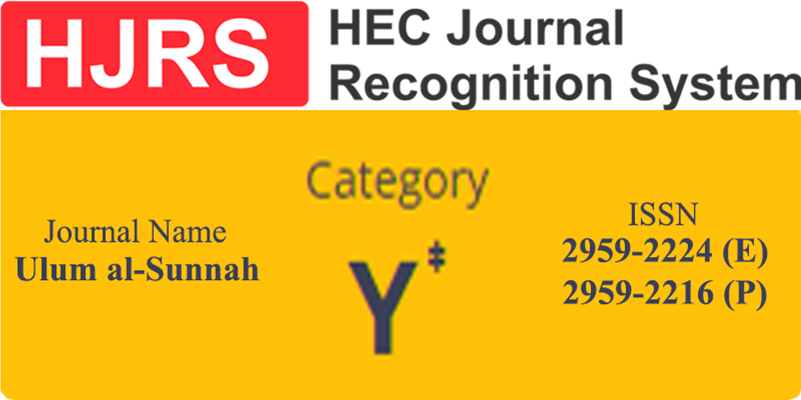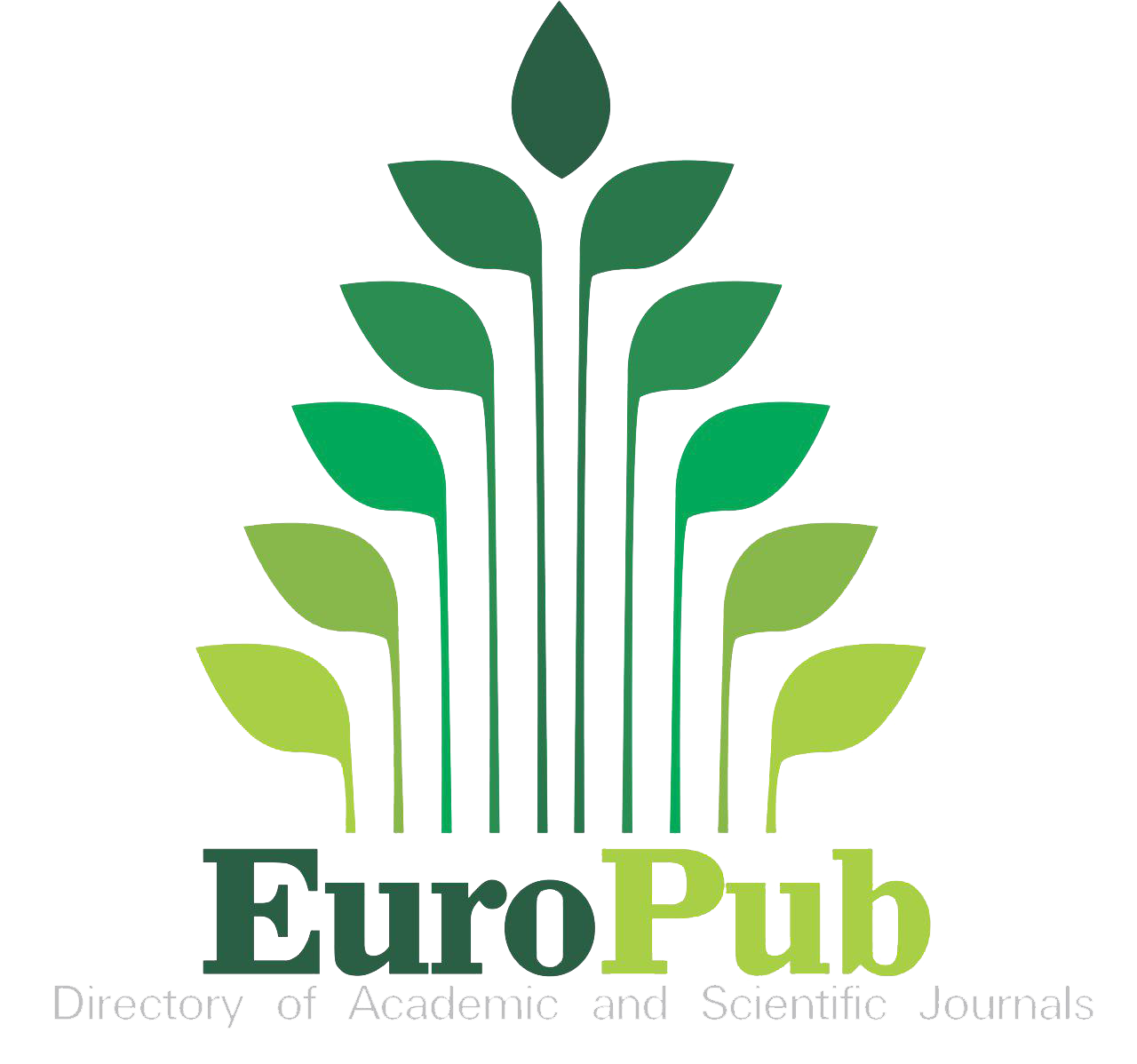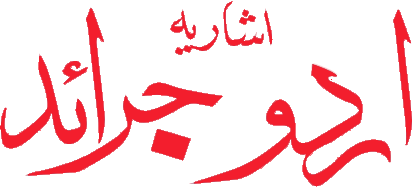عصرِ جدید میں مذہبی متون کا ترجمہ: مسائل اور چیلنجز کا تجزیاتی مطالعہ
Translating Religious Texts in the Age of Modernity: Analytical study of Issues and Challenges
Keywords:
Modernity, Sacred Texts, Interpretation, Cultural Challenges, Linguistic Challenges, Translation Theory, TheologyAbstract
This study explores the complex challenges of translating religious texts in the age of modernity. It examines how the rise of modernist ideals—rooted in rationalism, individualism, secularism, and skepticism toward tradition—has deeply impacted the interpretation and translation of sacred texts, particularly within Islam. Modernity, emerging from Western socio-political and economic transformations, has influenced religious reform and shifted translation practices from revelation-based to rational and culturally adaptive approaches. The paper identifies key issues such as linguistic difficulties, cultural gaps, the marginalization of traditional frameworks, and the influence of digital media in spreading unofficial or sectarian translations. It highlights how some modern interpretations align religious texts with contemporary socio-political agendas, often at the expense of theological accuracy and classical exegesis. The trend of translation without scholarly grounding has further led to inconsistencies and doctrinal confusion. Additionally, the research reflects on the tension between using archaic versus contemporary language, which affects accessibility and theological fidelity. The study concludes that translating sacred texts today demands a rigorous, balanced approach that respects both the original message and the modern audience. It advocates for scholarly expertise, linguistic precision, and theological depth to ensure that translations preserve the spiritual and doctrinal integrity of the source texts.
Downloads
Published
How to Cite
Issue
Section
License
Copyright (c) 2025 Dr. Nasir Mahmood, Dr. Raja Muhammad Zareef Khan

This work is licensed under a Creative Commons Attribution-NonCommercial 4.0 International License.
This is an open-access journal which means that all content is freely available without charge to the user or his/her institution. Users are allowed to read, download, copy, distribute, print, search, or link to the full texts of the articles, or use them for any other lawful purpose, without asking prior permission from the publisher or the author. All articles are available on the internet to all users immediately upon publication. Non-commercial use and distribution in any medium are permitted, provided the author and the journal are properly credited.










 Research Journal Indexed by Google Scholar
Research Journal Indexed by Google Scholar